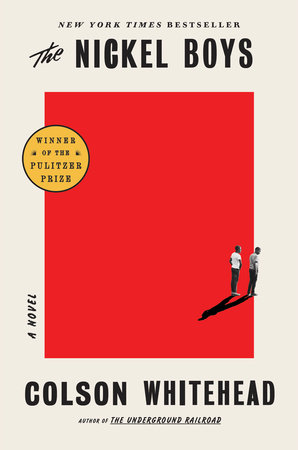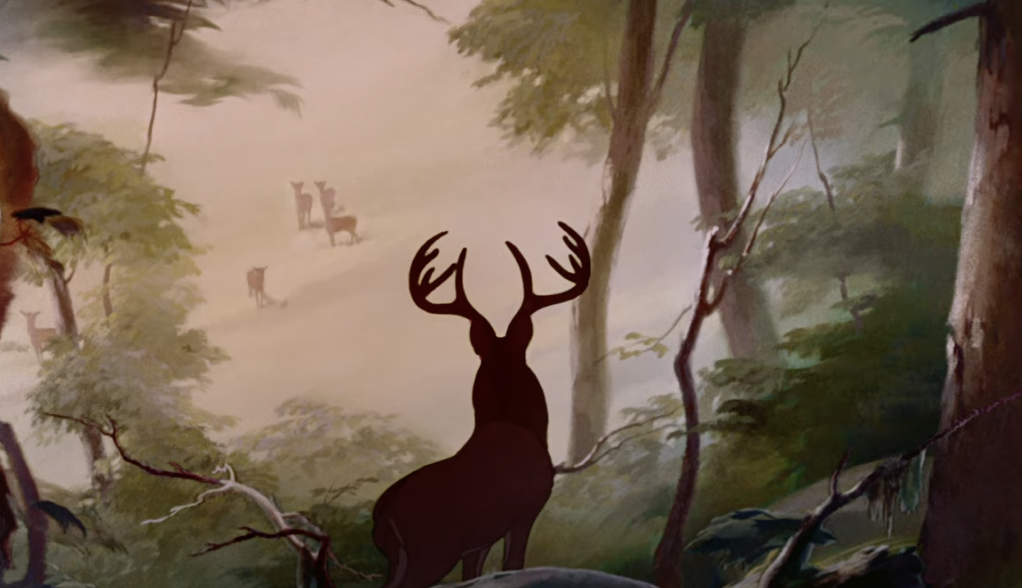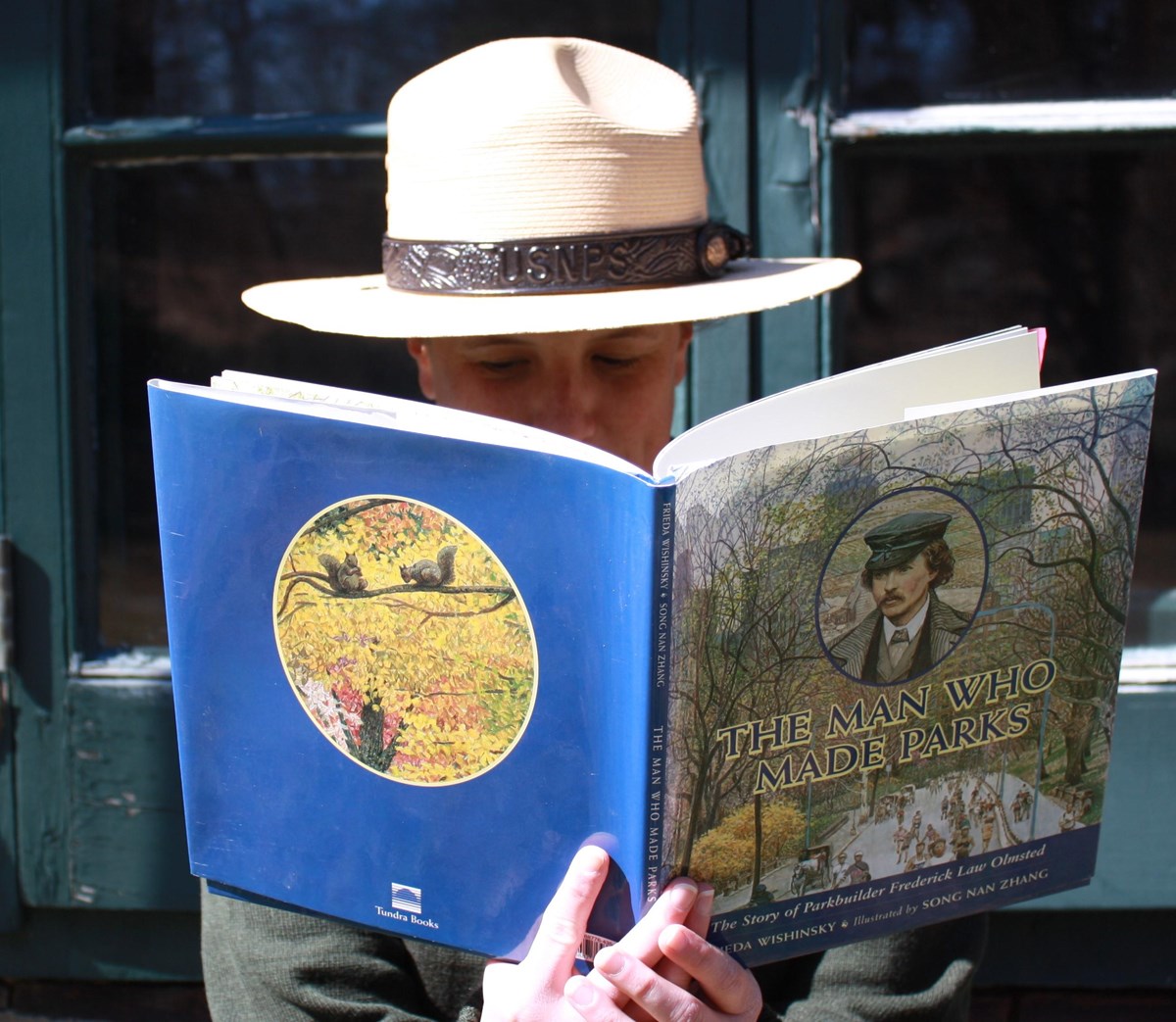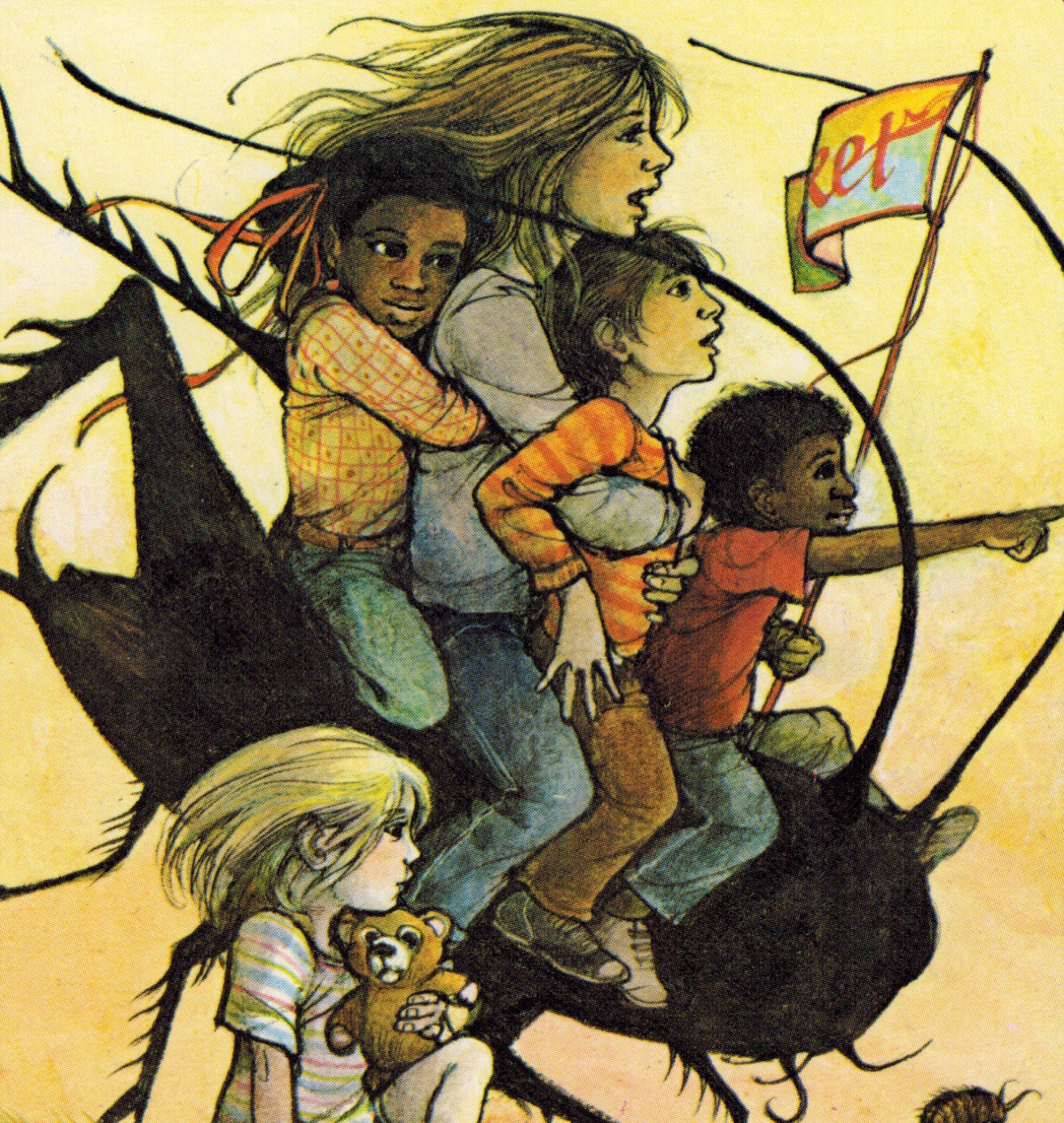Books & Culture
The Real-Life “Nickel Boys” Speak Out About Their Abuse
Hear testimony from the White House Boys, the survivors of the reform school that inspired Colson Whitehead's novel
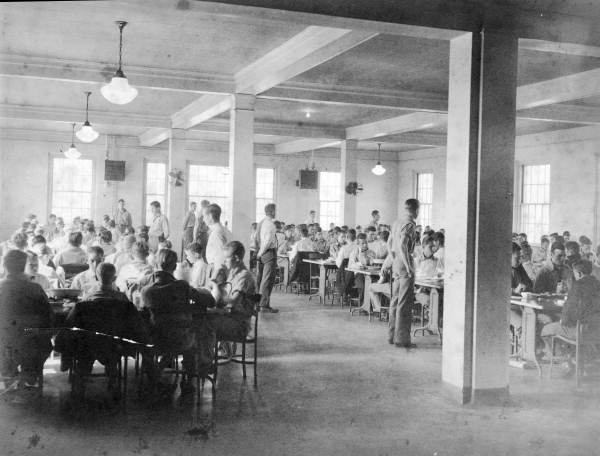
The white house out back where boys were taken to be beaten. The industrial fan that whirred loudly whenever a beating was taking place. The term the boys used, “the ice cream factory,” to describe that white house where the beatings took place, because the limping students who left the place bloodied and bruised, with new shades blooming across their bodies.
Those details color The Nickel Boys, the new work of fiction by Colson Whitehead, the Pulitzer-Prize winning author of The Underground Railroad. The story centers around a Florida reform school where boys were routinely abused.
Those same details also endure in the memories of the survivors of the Arthur G. Dozier School for Boys in Marianna, Florida, the real place that inspired Whitehead’s fiction. Decades after their abuse, these men have come together to form a support group of sorts. They call themselves the White House Boys.
On the National Public Radio program 1A, Colson Whitehead spoke alongside one of those White House Boys, Charlie Fudge, who shared how he and his former peers feel about the book based off their stories.
“They appreciate very much that Mr. Whitehead wrote this book to open this story up and let the world know what took place,” Fudge said.
Fudge was one of many White House Boys who shared their stories with 1A.
I am a White House Boy. That is the building where I was supposed to be taught right from wrong. They were supposed to fix me and only broke me worse. Thank god they didn’t teach me more about being a good boy.
Charlie Fudge
Claude Robins was a student at Dozier from 1953–54. He is the author of two books about his time there, The Ice Cream Factory AKA The White House and After the White House.
Back in the 1940s I was abandoned by my mom. I spent the next several years in orphan homes or on the streets of Jacksonville, Florida. I was picked up many times by police for sleeping in abandoned cars and parks. I finally was chained and charged with being wayward and sent to the school near Marianna.
The school was ruled by terror, fear, and abuse and knowing you could do nothing right. I was beat in the White House three different times. Twice for low grades and once for attempted escape.
When I went down for attempted escape I thought they were gonna beat me to death. Maybe it was close, but I survived.
The last time I was beat was with Tommy Wiggins and he was ahead of me on the cot. They made us lay on the bed and hold the bars, bite into a nasty bloody pukey pillow and then the beating started. If you protested the beating started over. Tommy kept trying to raise up and he would say why are you doing this to me? I didn’t do anything.
Some may ask why don’t I just man up and forgot the school? I don’t know why. Sometimes a sound, a voice, a fan suddenly turning on brings it all back. And I have dreams like I am still a child in the school and always I am getting beat or getting ready to get beat. I am still an abused child in my dreams.
Claude Robins
Jim still has night terrors and sweats. He dreams he is a young boy running for his life. Then they catch him and beat him to death.
Karen Blount
Karen Blount wrote to 1A about her husband, Jim Blount, who was a student at the Dozier School in 1951 and 1952.
At that time the races were separated by State law. Jim’s job in the kitchen gave him a unique view of the “Ice Cream Plant” a.k.a. The White House. He saw black boys come out of the White House bloodied from beatings. The school called them spankings but they were more than that. At that time the two races couldn’t even speak to each other at the school. When the black boy came to help Jim load the kitchen slop for the hogs, they knew they’d go to the White House if they spoke to each other.
The beaters were trained. It reminds you of the Roman floggers. Trained for the most pain without crippling or killing.
Jim served coffee when they gathered in the dining room to go “boy hunting,” as they called it, when one of the boys tried to run. They carried rifles and pistols to go after unarmed young boys. They were jovial like it was a great sport. They’d drink whiskey even thought it was early morning.
Karen Blount
Roy is an alternate Sergeant of arms for the White House Boys.
I went to the White House once for getting some extra pancakes that I didn’t ask for and didn’t eat. I gave them to the other guys at the table. That afternoon they took me to the White House and beat me.
When I got there I worked in the infirmary. There was a boy they brought in who cut his wrists to keep from being taken to the White House to be beaten. They sewed him up, took him back to the White House, and they beat him anyway, and they brought him back to the infirmary where I had to take care of him for a couple weeks. His upper legs and his butt were split from being beat so hard and he was black from his knees to the center of his back.
Roy
The Nickel Boys and the White House Boys share similar stories—though the former exist in the world of fiction, and the latter in reality.
Can The Nickel Boys help the White House Boys gain justice, or future abuse from happening?
Whitehead said he’s doubtful.
“The kind of abuse that we’re talking about speaks to a great flaw in human character, and that’s not going away,” Whitehead said. “I think the people who actually are in charge of things aren’t big readers of novels. I don’t think they’ll pick up The Nickel Boys and extract any lessons from history.
“I don’t think that people who need to read a book like this, will read a book like this.”




